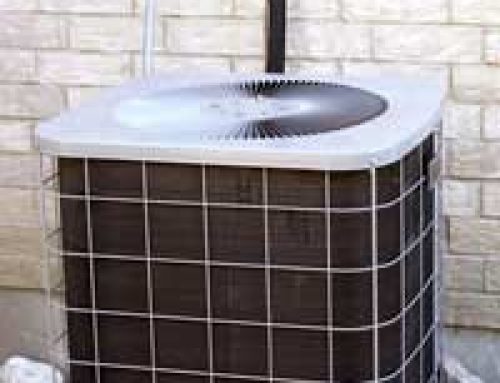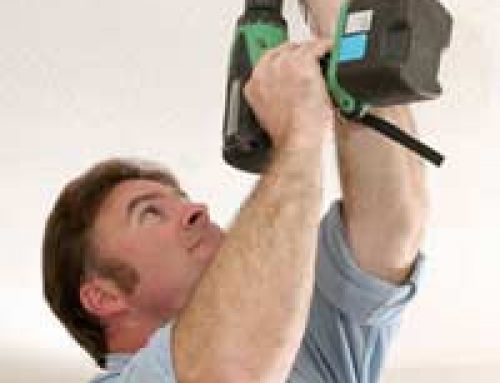 Having an open fire in the home makes the whole place feel cosier and welcoming. A fireplace and surround can be a great feature in any house, but even an attractive fixture like this can be a danger if not supervised and controlled in a safe manner.
Having an open fire in the home makes the whole place feel cosier and welcoming. A fireplace and surround can be a great feature in any house, but even an attractive fixture like this can be a danger if not supervised and controlled in a safe manner.
If you take ownership of a new home that has an open fire, ask the previous owner about its condition, any problems that they may have had in the past concerning the fire, how often they use it, and when the flue and chimney were last cleaned.
Know how to start your fire properly, maintain it and put out fires if they occur. Keep the right equipment on hand, kindling, tapers, dustpan, small brush, shovel poker and a container for firewood if it’s a wood burner. Don’t just burn anything in your fireplace, burn the specific type of fuel that the fire was made for.
Have a fireguard or screen available to keep sparks or embers that may be discharged from the fire, from landing on furniture or flooring. A wraparound guard that attaches to both sides of the fire is needed if there are children, elderly persons, or pets in the home, to protect them from falling or stumbling into the fire. A fire extinguisher should be kept somewhere in close proximity to the fire in case of emergency.
Flues and Chimneys
Flues and chimneys should be kept clear at all times and cleaned and swept at least once a year. Birds may build nests on or inside your chimney so it’s important that regular checks are made. You can check that your chimney isn’t blocked by using a smoke pellet or taper to make sure the smoke is being drawn up the chimney.
If you are in any doubt about the condition of your chimney, have it checked internally and above the roof. Acids from soot deposits can penetrate the mortar in the flue and can in some cases lead to fumes being released into other rooms in the house or adjacent properties. Staining above the chimney breast or a hot chimney breast may be a sign you have a mortar problem.
Never close the flue until the fire is completely out, or the house could fill with Carbon Monoxide fumes or smoke-which are both lethal.
Other safety points to consider if you have an open fire;
- Installation of a smoke detector.
- A Carbon Monoxide Detector.
- Never leave a fireplace unattended
- If you must leave a fire when it is still burning place a fireguard around the fire.
- Don’t place anything near the fire or on the fireplace that is combustible or may explode (i.e. aerosol cans)
- Don’t burn rubbish in your fire. It may give off toxic fumes.
- Fit a fender to catch any embers or sparks.
- Make sure the fire is properly extinguished before going to bed.
- Make sure household items like curtains can’t blow into the fire.
- Don’t let children play near, or with fires.
- Never start a fire using petrol or other flammable liquid.
- Make sure everyone in the household knows what to do and how to deal with it if a fire starts.
Take this advice on fireplace safety and you and your family can be cosy and safe inside your home, in front of your fire on those cold winter evenings.





Leave A Comment